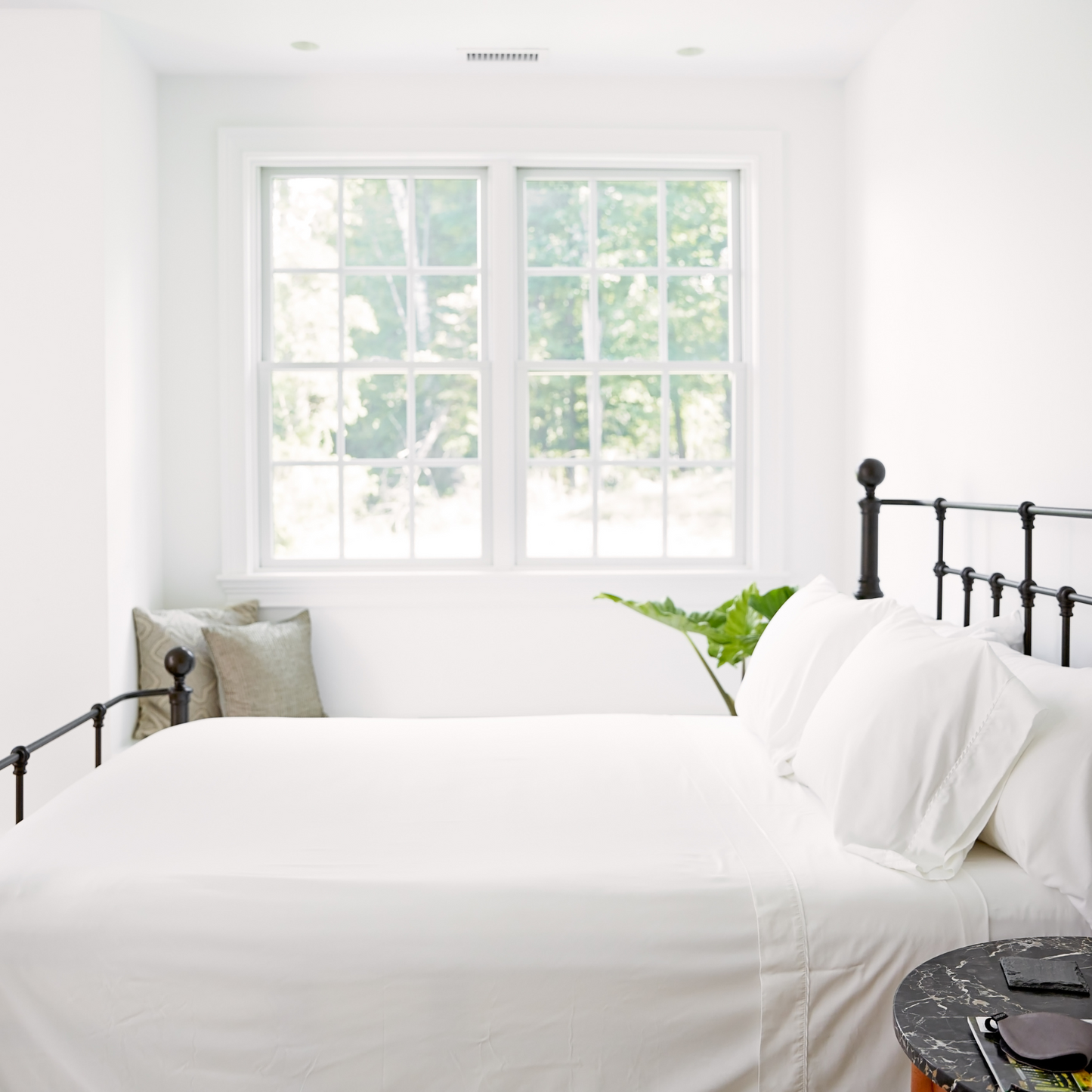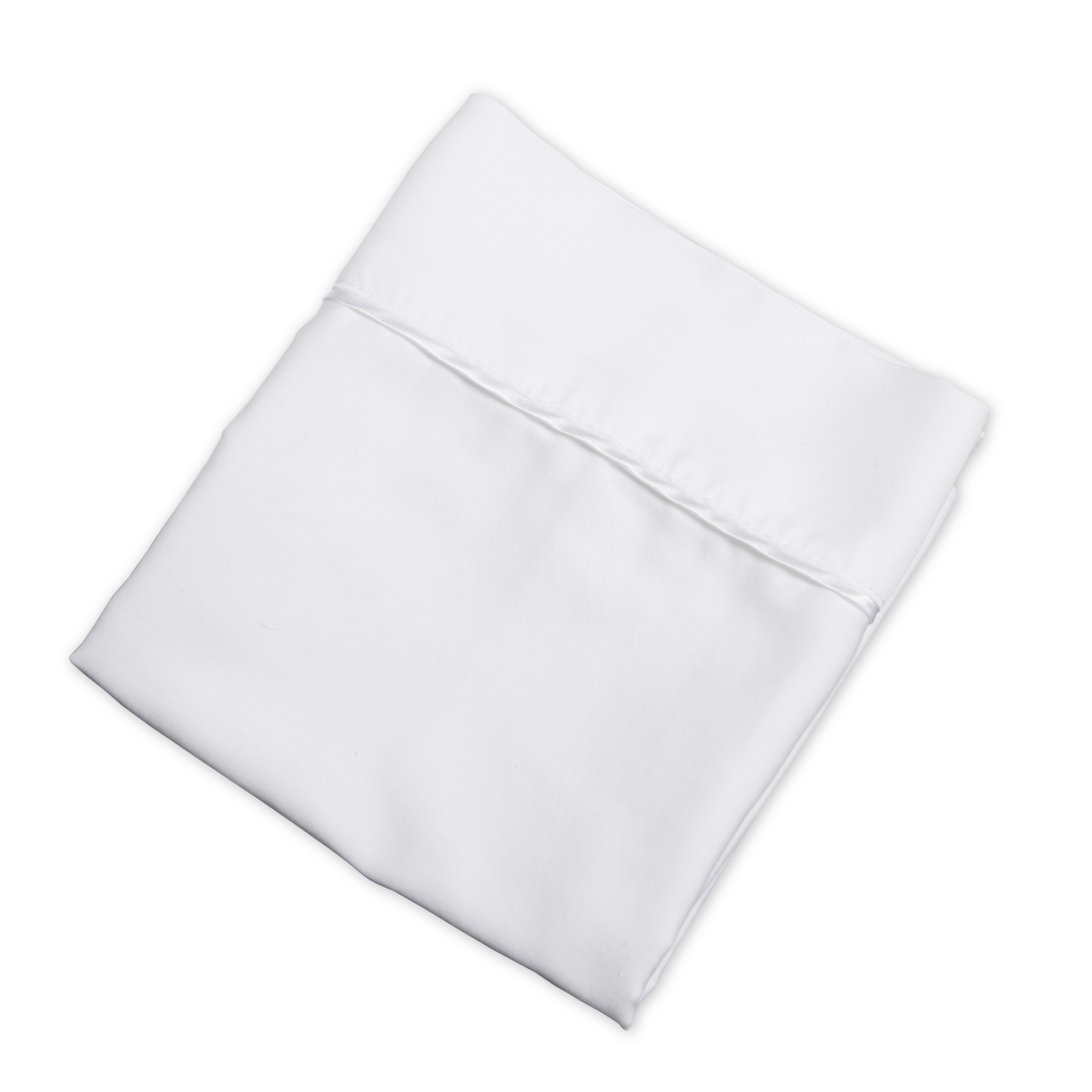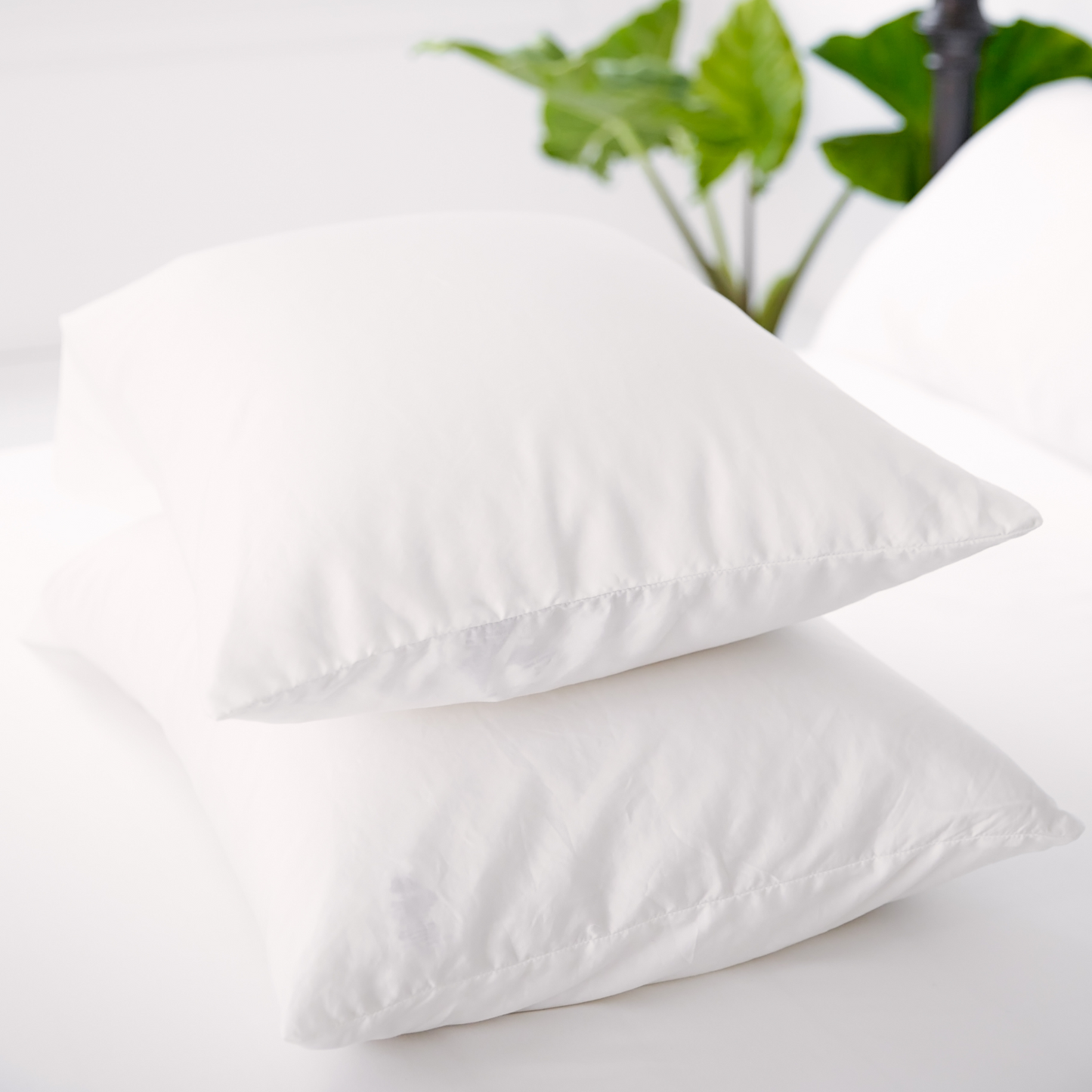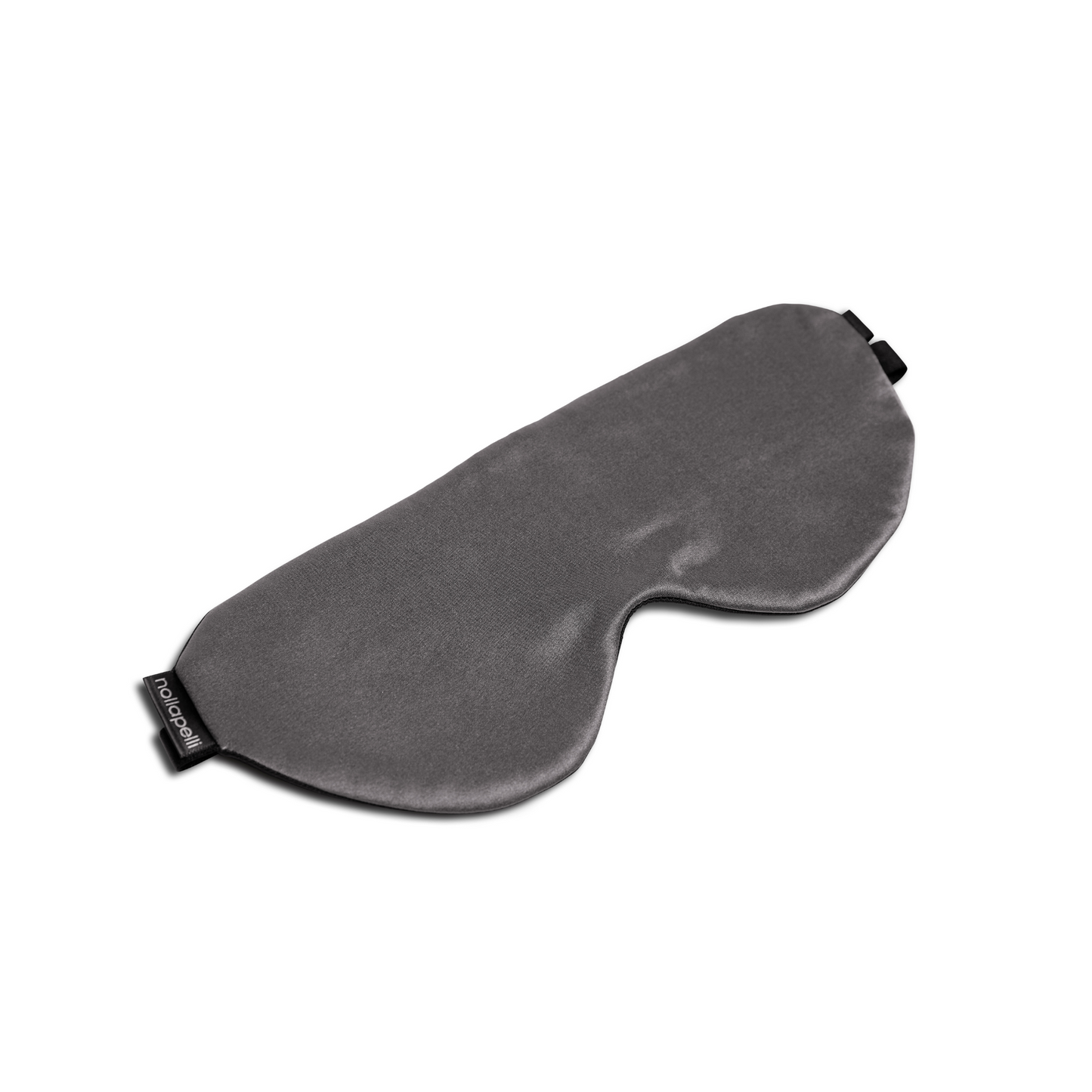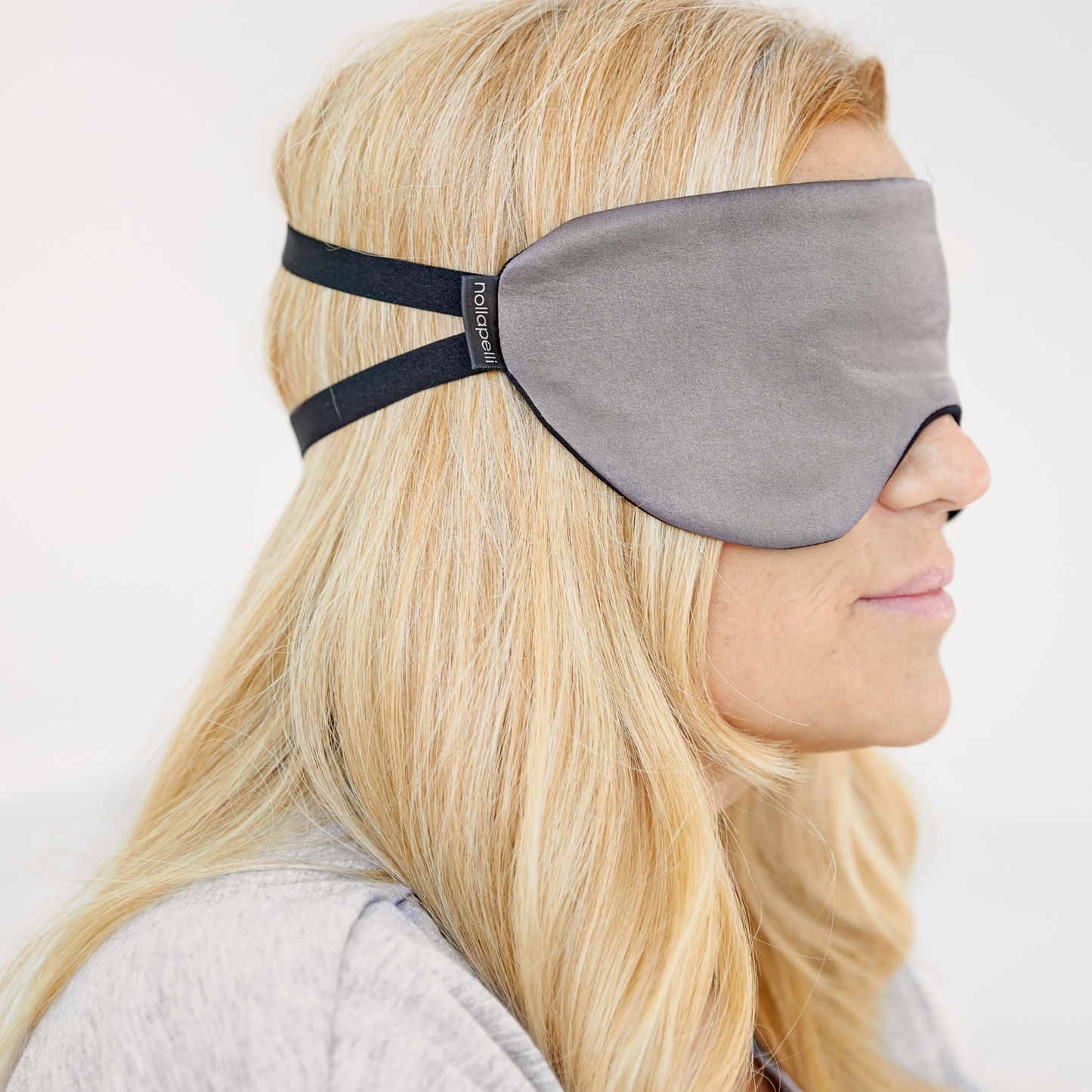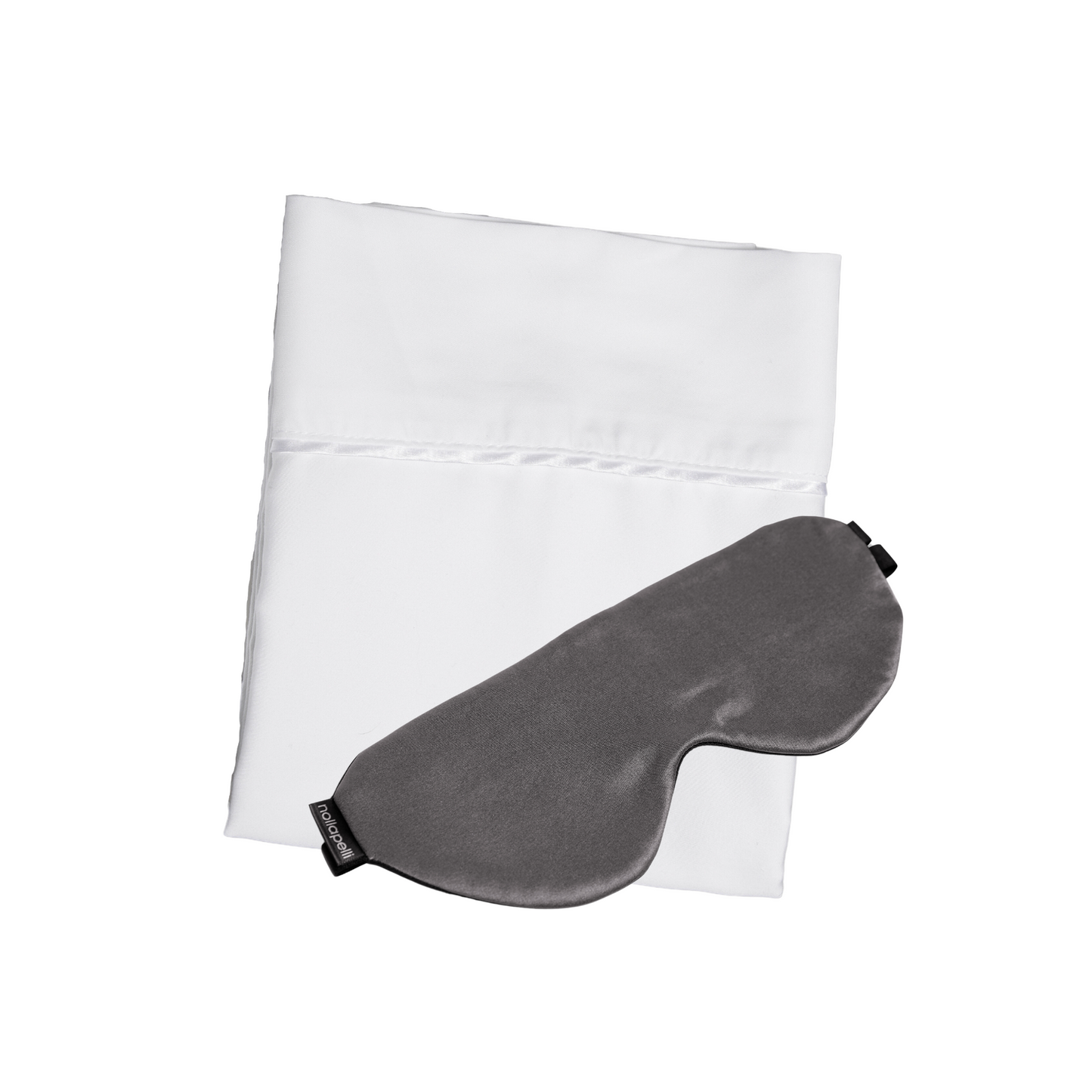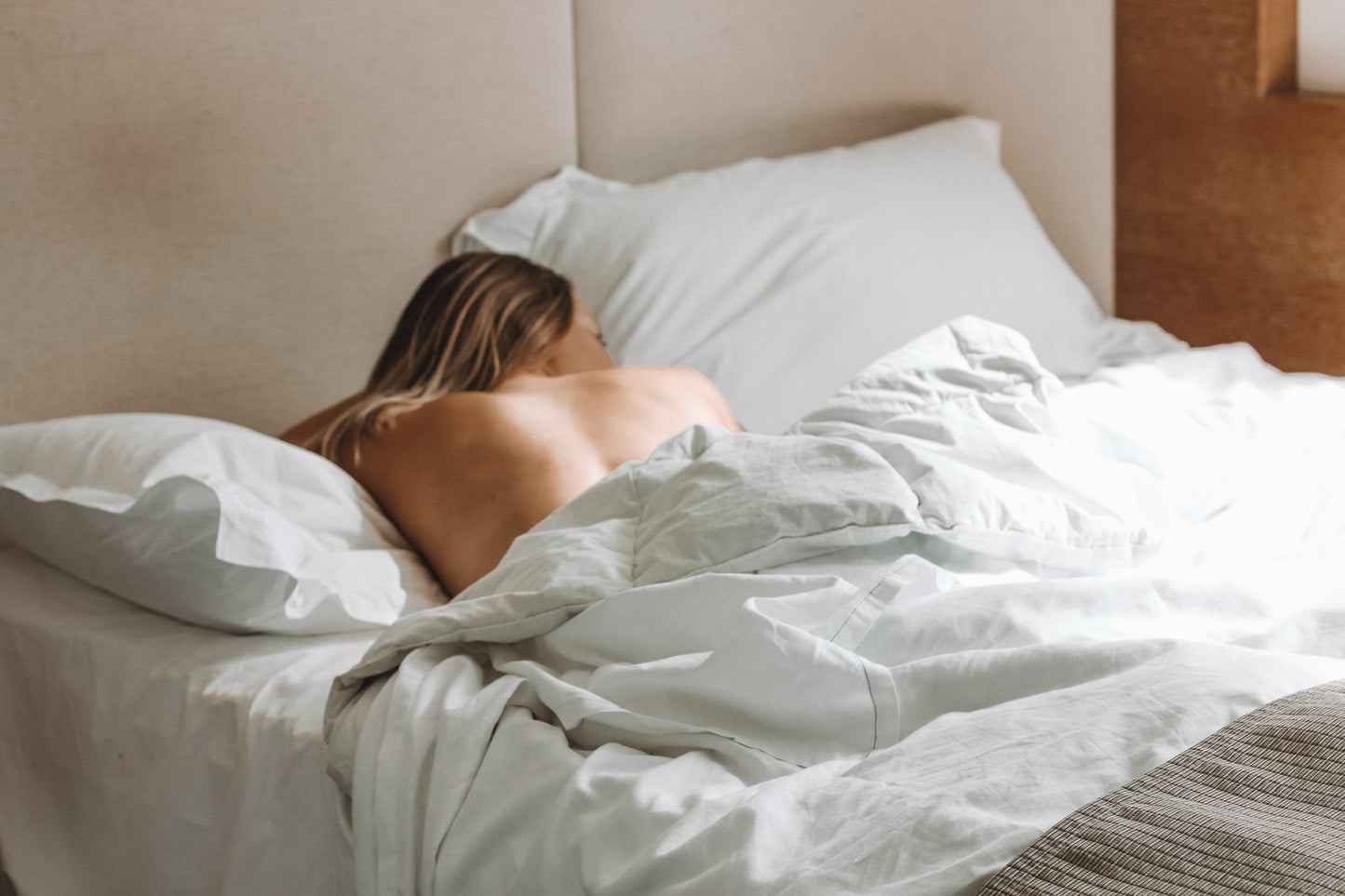
Last month we shared what beauty and wellness look like in 2019. Of the trends, we could not stop discussing the connection between blue light emitted from screens, and the disruption of our circadian rhythm, the body’s biological management tool responsible for sleep and wakefulness. Our electronic devices play a predominant role in our lives but become costly when they cut into our sleep time. Here at Nollapelli, we understand the importance of a good night's rest which is why we developed our cutting-edge soft sheets and pillowcases. But no matter the bedding you sleep on, your electronics can cut into your sleep time. Now more than ever, we need to guard our circadian rhythm, and subsequently our sleep.
According to Harvard Health Publishing, the artificial blue light from cell phones, computers, and televisions mimics sunlight by increasing alertness, mood, and reaction times. Combined with natural light, this is ideal for the daytime when productivity is coveted. But blue light at night is a different story.
Blue light suppresses the creation of melatonin, a natural hormone produced by the pineal gland in the brain [National Sleep Foundation]. As melatonin increases, we feel less alert as our body and mind prepare for rest. The pineal gland is activated by darkness. Prior to artificial light, our circadian rhythm naturally synced with the environment. Now screen time permeates our nighttime routine prohibiting this rhythm and the release of melatonin.
Electronic devices and our circadian rhythm can live in harmony. Modifying our blue light consumption at night facilitates that harmony. Below are three tips to manage the blue light from screens for a better night’s sleep.
Dim Your Device
All artificial light is not created equal. Warmer light, such as red light, suppresses the release of melatonin the least. At night, the warmer the light (yellow and red tones), the better. Use the dimming settings on your device to your advantage. Most devices have a night shift or dimming option. This modifies the color of your screen display to warmer tones at sundown (the time can be customized). For desktop computers without dimming settings, the f.lux app can help regulate screen color.
Eliminate Screen Time Before Bedtime
Eliminating screen time two to three hours prior to bed will allow the release of melatonin and keep your circadian rhythm on a natural, healthy track. This is easier said than done. We love cozying up in bed and binge-watching Grace & Frankie on our soft bedsheets as much as the next person, but our love for sleep and its benefits supersedes this pleasure. There are many ways to power down which do not involve screens.
Blue Light Blocking Glasses
There are times when devices cannot be dimmed or screen time cannot be avoided at night. This is when blue light blocking glasses can be worn. These glasses are designed to protect your eyes, and consequently your circadian rhythm, from the blue/green wavelengths of screens. In January, the Strategist of New York Magazine shared the best-reviewed blue light blocking glasses.
No matter how you choose to limit the artificial blue light you see, it will be beneficial to your sleep. Combine these methods with our soft sheets, and you'll be sleeping soundly the whole night through.


